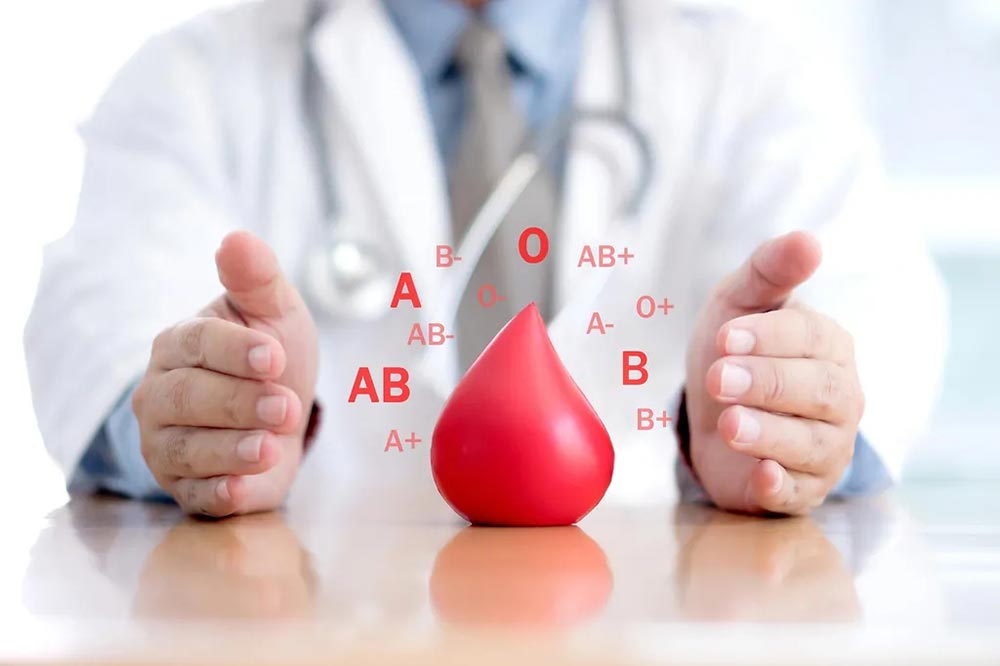It’s frightening to think that there are so many diseases that could affect us. It would be worse if we ignore the signs and later regret not paying attention and seeking medical help straight away. Paying attention when our bodies are in distress could result in an early diagnosis and appropriate treatment, potentially saving our lives.
For the time being, let’s focus on learning about specific blood disorders so we can understand what they are about. But first, a primer on bone marrow and blood functions.
How does the bone marrow function? Think of it as a factory that manufactures three kinds of blood cells:
- Red blood cells
- White blood cells
- Platelets
If functioning normally, the bone marrow produces immature blood cells called stem cells, progenitor cells, or blasts which then later become fully matured and functioning red blood cells, white blood cells, and platelets.
What is MDS?
Myelodysplastic syndrome (MDS) involves abnormalities of the blood cells found in the bone marrow. It is often referred to as a “bone marrow failure disorder” since it doesn’t allow the bone marrow to produce enough healthy blood cells.
It happens most often in the elderly population, those who are older than 65 years old. It can happen to younger people as well.
When one has MDS, the stem cells don’t mature and most likely accumulate in the bone marrow. They have shorter life spans that result in fewer mature blood cells circulating.
What is Anemia?
Anemia is defined by a chronically low hematocrit (a measurement of the body’s red blood cells) or hemoglobin (a blood protein that transports oxygen to the body’s tissues). Quite simply, it means low red cell count.
Anemic patients typically report fatigue and a lack of energy most of the time. The severity of anemia varies. Patients with mild anemia may feel fine or only slightly fatigued. Almost all patients with moderate anemia experience fatigue, which may be accompanied by heart palpitations.
Palpitations, shortness of breath, and pale skin are all symptoms. Almost all patients with severe anemia appear pale and complain of chronic overwhelming fatigue and shortness of breath. Because severe anemia reduces blood flow to the heart, older patients may be more prone to cardiovascular symptoms such as chest pains. Although chronic anemia is rarely fatal, it can have a significant impact on a patient’s quality of life.
Are they the same?
Most people with MDS are anemic when they are first diagnosed. While MDS is very similar to aplastic anemia, keep in mind that the problem with MDS is in the bone marrow itself. As previously stated, bone marrow is the factory that produces various blood cells, one of which is red blood cells.
Anemia is defined once again as a low red cell count, with red cells being just one of the components produced by the bone marrow. While they are distinct conditions, aplastic anemia and MDS share many similarities and, in very rare cases, can coexist. These diseases, however, affect bone marrow in slightly different ways.
Failure of the bone marrow to produce mature, healthy cells is a gradual process. Thus, MDS is not always fatal.
However, some patients may succumb to the disease’s direct effects: low blood cell and/or platelet counts may be accompanied by a loss of the body’s ability to fight infections and control bleeding. Furthermore, for approximately 30% of MDS patients, this type of bone marrow failure syndrome will progress to acute myeloid leukemia (AML).
While the exact causes of MDS are unknown, some evidence suggests that some people are predisposed to developing MDS. This tendency can be viewed as a switch that is activated by an external factor. If the external factor cannot be identified, the disease is called “primary MDS.”
When to call a doctor?
When we exhibit certain symptoms or feelings of being ill, it is always a good idea to consult with our health practitioners. Only they can recognize or diagnose what the symptoms are trying to tell us.
If someone is undergoing radiation and chemotherapy for cancer, these are known triggers for MDS to develop. Taking chemotherapy drugs or radiation therapy for potentially curable cancers means you are at risk of developing MDS for up to 10 years following treatment.
As known in clinical trials for mds, MDS that develops from the use of these drugs and therapies is called “secondary MDS”. It is associated with multiple abnormalities in cells in the bone marrow.
Takeaway
Some people are concerned that MDS is contagious or hereditary. There is no scientific evidence to support these assumptions, so MDS is not caused by a virus. It is also not inherited, and it is unusual to have several family members affected at the same time.
It is still unsettling to learn about the many things that can go wrong in our bodies, particularly those involving our blood. As a precaution, let’s always seek medical attention if we suspect something is wrong and not wait until it’s too late.

